Whether you control an airport, airstrip, airfield or helipad, you never want an aircraft to touchdown without your ground crew knowing in advance. However, landing area incursion incidents – where an incoming plane or helicopter risks collision with personnel, equipment, service vehicles or wildlife – are nearly a routine occurrence.
Classic examples are helicopter crews approaching the wrong platform in a cluster of oil/gas rigs or a bush pilot/air taxi making an unscheduled airstrip landing. You don’t hear about these incidents much as they’re often swept under the rug by embarrassed pilots or ops staff. However, everyone knows it’s going on.
In one of the only publicly available studies on the issue, the UK Civil Aviation Authority estimated that within its jurisdiction there were likely 180 unreported incidents in a 10-year sample period. Meanwhile, emergency medical teams face a related issue for their helidecks. They need an effective, reliable and simple solution to continually update them when an expected air ambulance is en route, with live updates of its ETA.
LASAW, a world-first innovation from SkyNet Aviation, is a simple and ingenious system that answers both challenges.
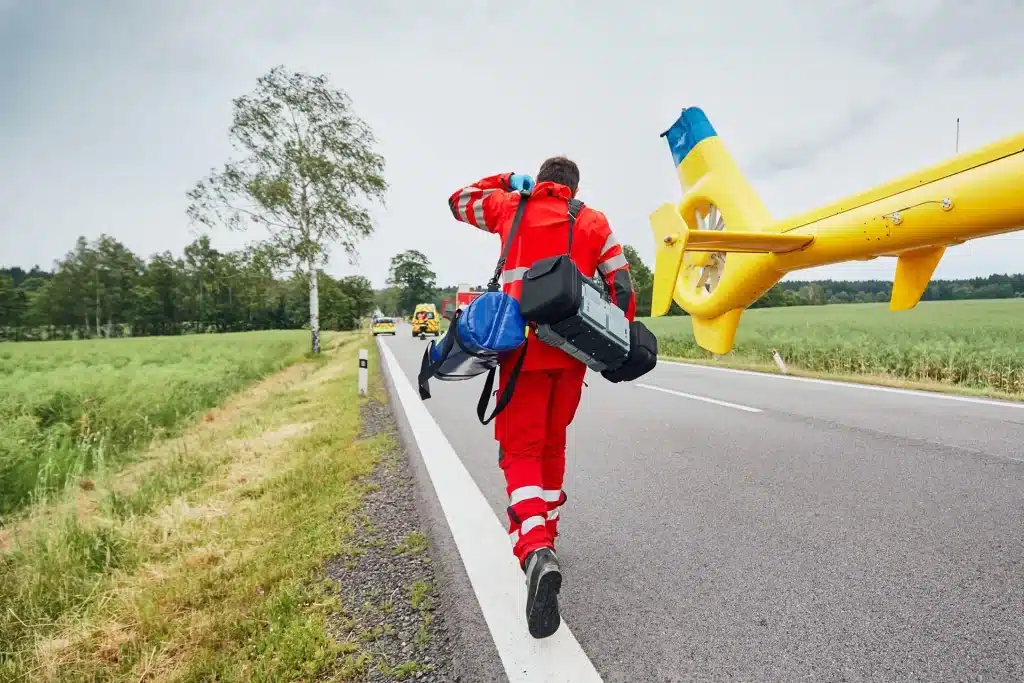
LASAW is designed to offer the highest level of pre-arrival and early warning detection when aircraft make unexpected approaches to landing zones or helipads – on the ground, on a rooftop.
Notifying hospital staff or standby firefighters of arrivals minutes away can be vital for the efficient transfer of patients. No one should be surprised by the early arrival of aircraft with patients on board with LASAW Through its unique AI capability to predict inflight behaviour, LASAW can detect aircraft that exhibit the characteristics of preparing to land.

A combined hardware-software solution, the system uses a small on-the-ground receiver to identify all aircraft within a maximum 260nm range. LASAW uses custom-designed AI software to detect aircraft entering approach corridors and all other non-specific approach paths to help provide the earliest possible alert for an imminent landing. Providing valuable time to ensure decks are clear of equipment and personnel, ensuring standby Firefighting equipment is ready and armed in case of emergencies. Landing sites at Offshore platforms are particularly vulnerable to Wrong Deck Landings (WDL) and are particularly suited to LASAW to provide a safer landing zone environment.
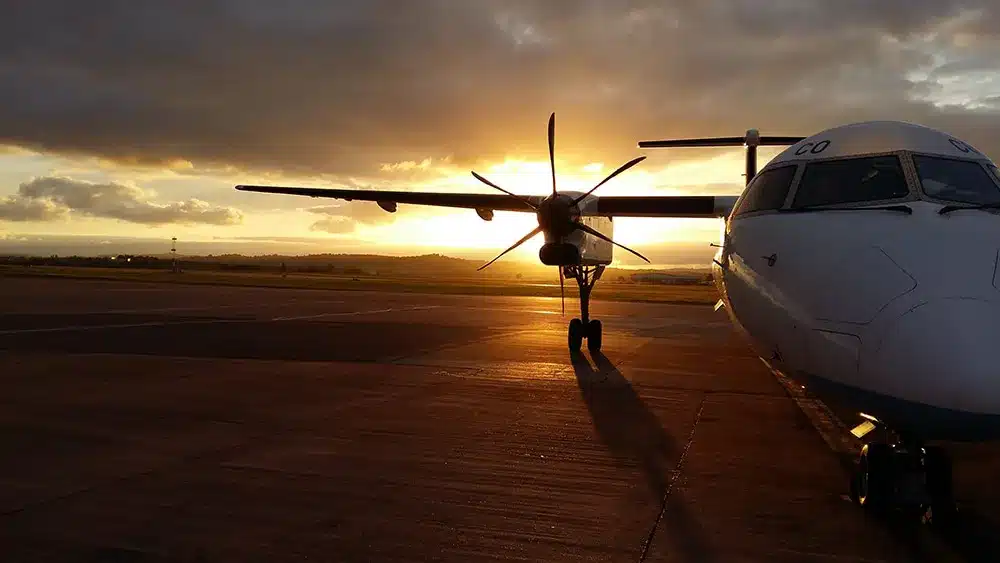
A combined hardware-software solution, the system uses a small on-the-ground ADS-B receiver to pick up all aircraft flight behaviours within range at twice per second. This data is then analysed to determine if it meets certain landing criteria and characteristics indicating it’s preparing to land or will stray into restricted airspace. A warning event is generated with Audio and onscreen warnings and dedicated digital outputs can also be configured to raise alert status with third-party systems.
The acronym LASAW stands for “Landing Approach Surveillance And Warning”. A combined hardware-software solution, the system uses a small on-the-ground receiver to pick up all aircraft flight behaviours within range. This data is then fed to an ingenious AI software system that detects which aircraft display certain characteristics indicating it’s preparing to land or will stray into restricted airspace. When LASAW detects one of these aircrafts on approach, it triggers the alert protocol you choose.
Powered by an implementation of SkyNet REACH®, LASAW Includes:
Surveillance and alerting for all landing zones protecting ground people, aircraft and assets

In the airspace around a landing zone or helipad, the situation is always changing and developing. How can a system provide warnings about events that emerge dynamically in a changing environment? Answer: Through a thorough understanding of the overall airspace and the known and variable factors within it. From this, you can build an AI model of the outcomes when the variables shift. This, in essence, is what LASAW does for monitoring and predicting air traffic around a specific aerodrome.
LASAW’s intelligent incursion monitoring is custom-designed for each site. It considers the aircraft’s general direction of approach and random approaches based on speed, altitude, rate of descent, direction and other nearby landing sites and no-fly zones to ensure precise and reliable alerting.
Extended alerting times and distances are possible by the addition of longer approach traffic vectors to suit routine flights arriving along complex, curved or structured corridors. Meanwhile, an inner alert threshold covers a full 360 degrees to detect all anomalous traffic. Combined, these two features ensure alerts are reported at the maximum possible distances for both routine and irregular flights.

Helipad occupied? How do you know it is available? Has an earlier flight departed? Delays caused by Helipad capacity are increasingly familiar with multiple critical patients en route.
Busy airspace, multiple inbound aircraft with trauma patients may arrive to find an aircraft currently occupies a landing zone or is late for departure. These precious delayed minutes can create heightened anxiety for dispatch teams identifying alternative landing sites or adjacent hospitals which may not be prepared for the alternative arrival. LASAW Helipad Landing Capacity Alert provides an on-screen indicator of a currently occupied Helipad; for multi-aircraft landing zones, a capacity indicator shows how many aircraft are on the ground and how many additional aircraft can be accommodated. LASAW vastly improves your Landing site intelligence regardless of which operator is arriving.

LASAW is in keen demand with hospitals, air ambulances and search-and-rescue (SAR) organisations. When an aircraft has a high-priority patient incoming, the medical teams must be updated on its ETA at a glance – rather than the laborious process of raising the pilot on voice comms.
Countdown alerts can be raised as the aircraft crosses each preset proximity threshold and, finally, when it commences landing approach. Every extra increment of situational awareness gives doctors and nurses time to prepare for the best patient outcomes.
Automatic at every step, LASAW:

Helicopters touch down on helipads unexpectedly or in error far more often than the industry likes to admit. And the “near misses”, where helicopters approach the wrong deck but divert at the last moment, are even more common and dangerous. Addressing this industry open secret is one of the original purposes triggering the development of the LASAW concept. The LASAW solution now offers the highest possible level of early warning detection when aircraft make unexpected approaches to landing zones or helipads – on the ground, on a rooftop or an offshore platform. Through its unique AI capability to predict inflight behaviour, LASAW can detect aircraft that exhibit the characteristics of having landing configurations.
There are three thresholds of escalation:

Every second, LASAW TEAM (Transponder Emergency Alert Manager) interrogates every signal from all traffic to determine if any emergency transponder codes are being broadcast. If there is such a broadcast for emergency, hijack or comms failure, LASAW will:
All this enables the user to commence the correct response procedures for that specific type of emergency.
LASAW TEAM offers aerodrome operators precious minutes in an emergency return-to-land situation or when an en-route aircraft selects their heliport or airfield for a landing with minimal notice. It adds an early alert notification phase to a potential emergency landing or a no-communications condition that requires special handling and procedures.

Every aircraft approach that occurs at a site monitored by LASAW will be logged and recorded in the system’s Approach, Landing and Zone Event log. These logs include routine flights, as well as those that trigger anomalous approach alerts. The data is exportable via CSV for easy review and manipulation.
This function is useful for remote or little-used helipads where it is one of the main ways operators can track arrivals and departures or unexpected use of the remote site. It is also helpful at helipads with heavier traffic, where the granular “second-by-second” nature of the data preserves the most detailed picture of all traffic. Wherever LASAW is used, the advantages for billing and contract management are clear.
The system tracks information including:

Extremely useful for billing, contract management and operations monitoring, especially at unmanned locations.
Beyond the immediate proximity of your landing zone, LASAW gives a live view of all air traffic within a radius of up to 260NM (depending on terrain). This capability means users receive live second-by-second updates on the ETAs of all expected flights even though they might still be an hour or more away.
LASAW automatically integrates IFR flight plans for all air traffic as submitted by ICAO/IATA landing sites to airtraffic service providers. Flight paths are predicted based
on departure details and known performance criteria. A position indicator of each aircraft is shown, estimating where they will be if they maintain their current flight behaviour along the planned flight route. The accuracy of this prediction can be anywhere between 5-20 minutes.

When it comes to predicting aircraft behaviour, it’s more than performance and flight path: flying conditions are a major factor. This is why LASAW integrates weather data and overlays supplied directly by world-leading provider DTN. With DTN’s data, LASAW gives users an even clearer overview of what is happening in the air for hundreds of miles in each direction.
Users will be able to choose which weather information they add over their live tactical view of flights, including:

The operators of landing zones need to manage the costs of their infrastructure. Usually, these are either a set contract or a fee-for-use billing model. The task of tracking and billing for this use often involves considerable administration and a significant delay before reports can be generated.
However, as a fully networked system, LASAW automatically generates all the detailed landing logs and time-on-ground reports that are useful for contract management and billing.
All the different levels of data that are captured can be exported as CSV files or directly integrated into your billing or contract management systems in real time.
LASAW represents a convenient and automatic way to supply your accounting team with the information they need to do their job more efficiently and accurately.

Available under a SaaS structure, LASAW is built around a dashboard designed to be clear, direct and simple to use. Whether on desktop, laptop, mobile or tablet, LASAW’s dashboard is the world-leading solution to attain a live view of the airspace you need to monitor. It shows:
The LASAW system hardware is available in three different specifications to suit in-house or remote emplacement; SKYNET LASAW ENTERPRISE, SKYNET LASAW COMMERCIAL, SKYNET LASAW SOLAR. Read more below!
Surveillance and alerting for all landing zones protecting ground people, aircraft and assets.
LASAW hardware comes in three options: LASAW Commercial, ideal for temporary or remote locations; LASAW Enterprise, ideal for installation in a permanent server facility; and LASAW Solar for locations where vital knowledge is required but electrical support infrastructure is missing or unavailable.
LASAW SOLAR is in a new class of its own: an aircraft monitoring solution fully powered by the Sun! Extensive testing allows us to offer this unique remote capability at locations where vital knowledge is required but electrical support infrastructure is missing or unavailable. These sites may be unmanned offshore structures, remote helipads in jungle, desert, ice-bound or mountaintop regions plus any other hard-to-reach locations. The fully autonomous system can run unattended for long periods (even through extended periods of poor weather) and be always alert and ready to activate for any landing approach.
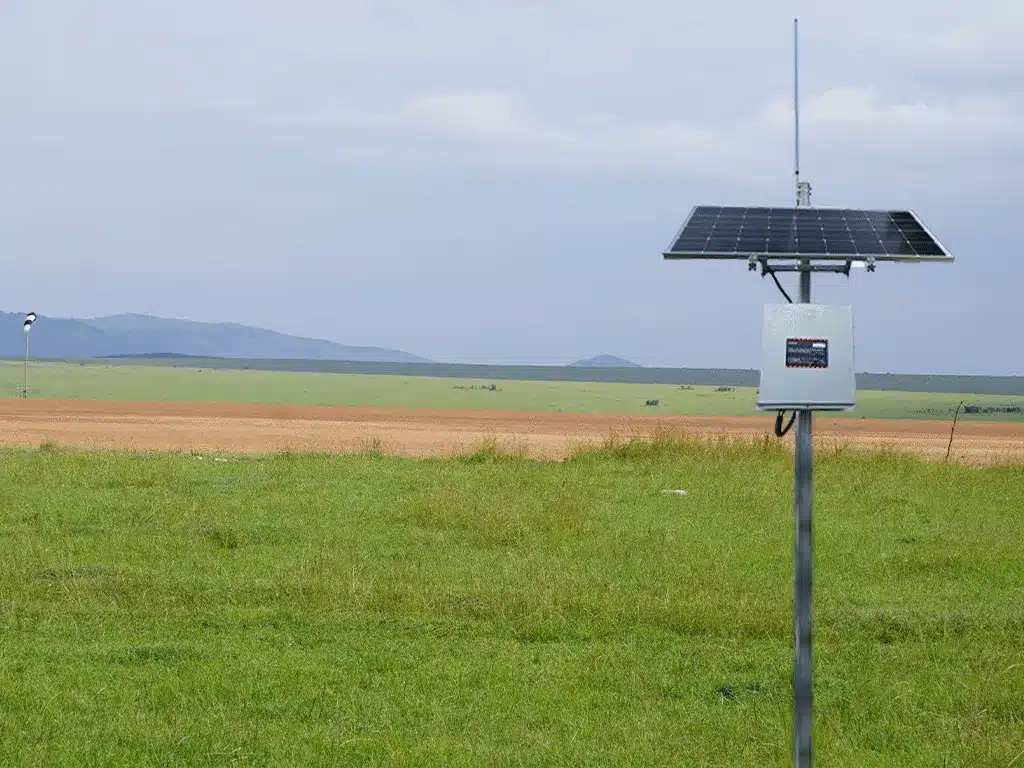
LASAW Commercial is a sealed and self-contained unit for use where a dedicated communications rack is not available. It is often used in unmanned locations or remote sites. Available as a 100% solar-powered installation, LASAW Commercial can even provide back-to-base monitoring (and other limited functionality) without an internet connection.
It offers:
Optional: Ethernet, 4G and WiFi communications conduits to enable full consul services to operations personnel or autonomous alert outputs.
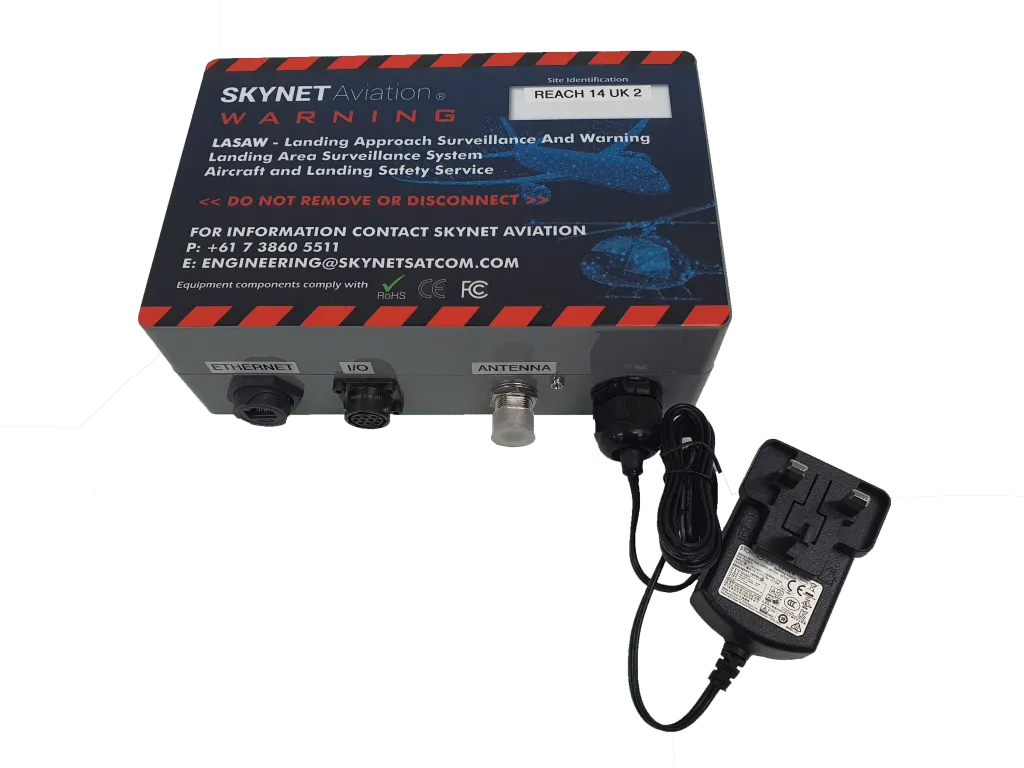
LASAW Enterprise is designed to be installed within a dedicated comms room or server. Wherever there is a dedicated communications rack space, our LASAW Enterprise’s Dell PowerEdge 1RU Rack Server will slot straight in.
Requiring virtually zero configuration after being installed and connected to the external aerial, LASAW Enterprise offers:
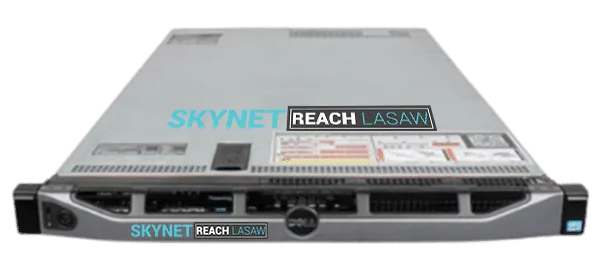
Keeping your equipment, people and landing zones safe.